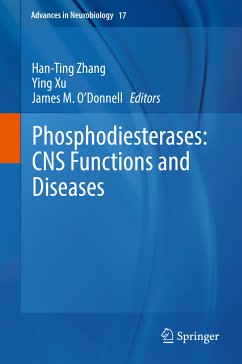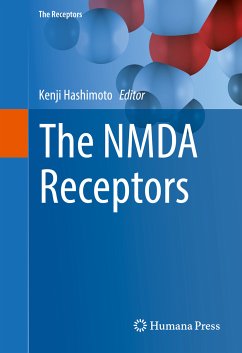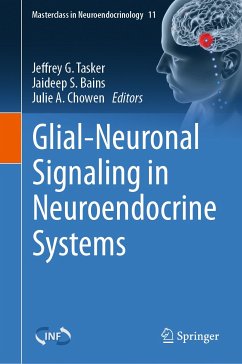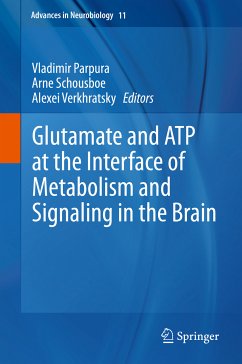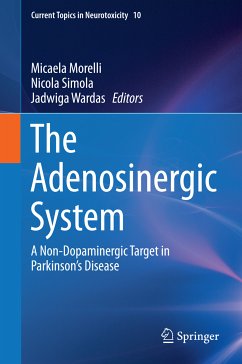
Glial Cells in Health and Disease of the CNS (eBook, PDF)
Versandkostenfrei!
Sofort per Download lieferbar
112,95 €
inkl. MwSt.
Weitere Ausgaben:

PAYBACK Punkte
56 °P sammeln!
A timely overview covering the three major types of glial cells in the central nervous system - astrocytes, microglia, and oligodendrocytes. New findings on glia biology are overturning a century of conventional thinking about how the brain operates and are expanding our knowledge about information processing in the brain. The book will present recent research findings on the role of glial cells in both healthy function and disease. It will comprehensively cover a broad spectrum of topics while remaining compact in size.
Dieser Download kann aus rechtlichen Gründen nur mit Rechnungsadresse in A, B, BG, CY, CZ, D, DK, EW, E, FIN, F, GR, HR, H, IRL, I, LT, L, LR, M, NL, PL, P, R, S, SLO, SK ausgeliefert werden.



